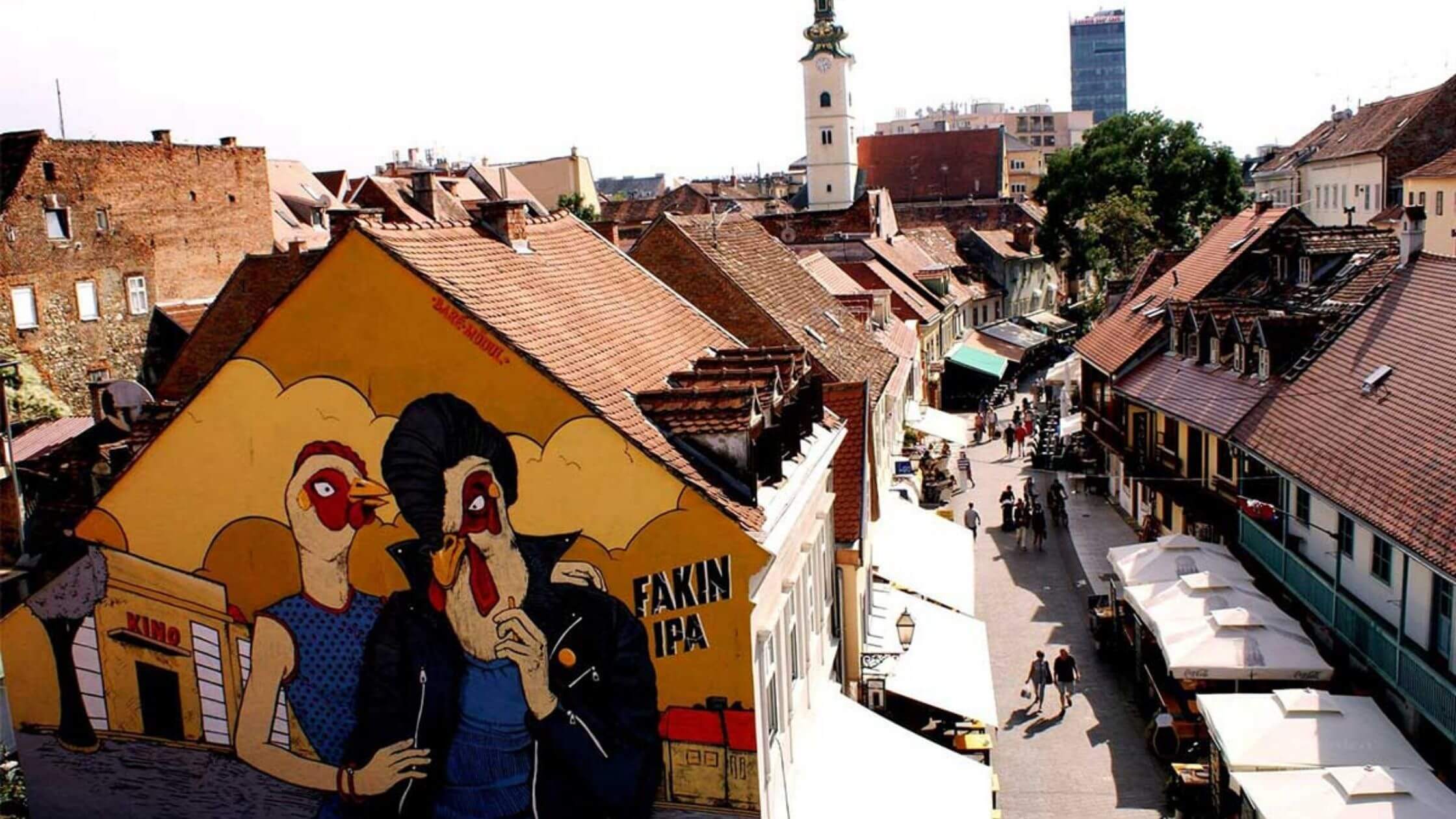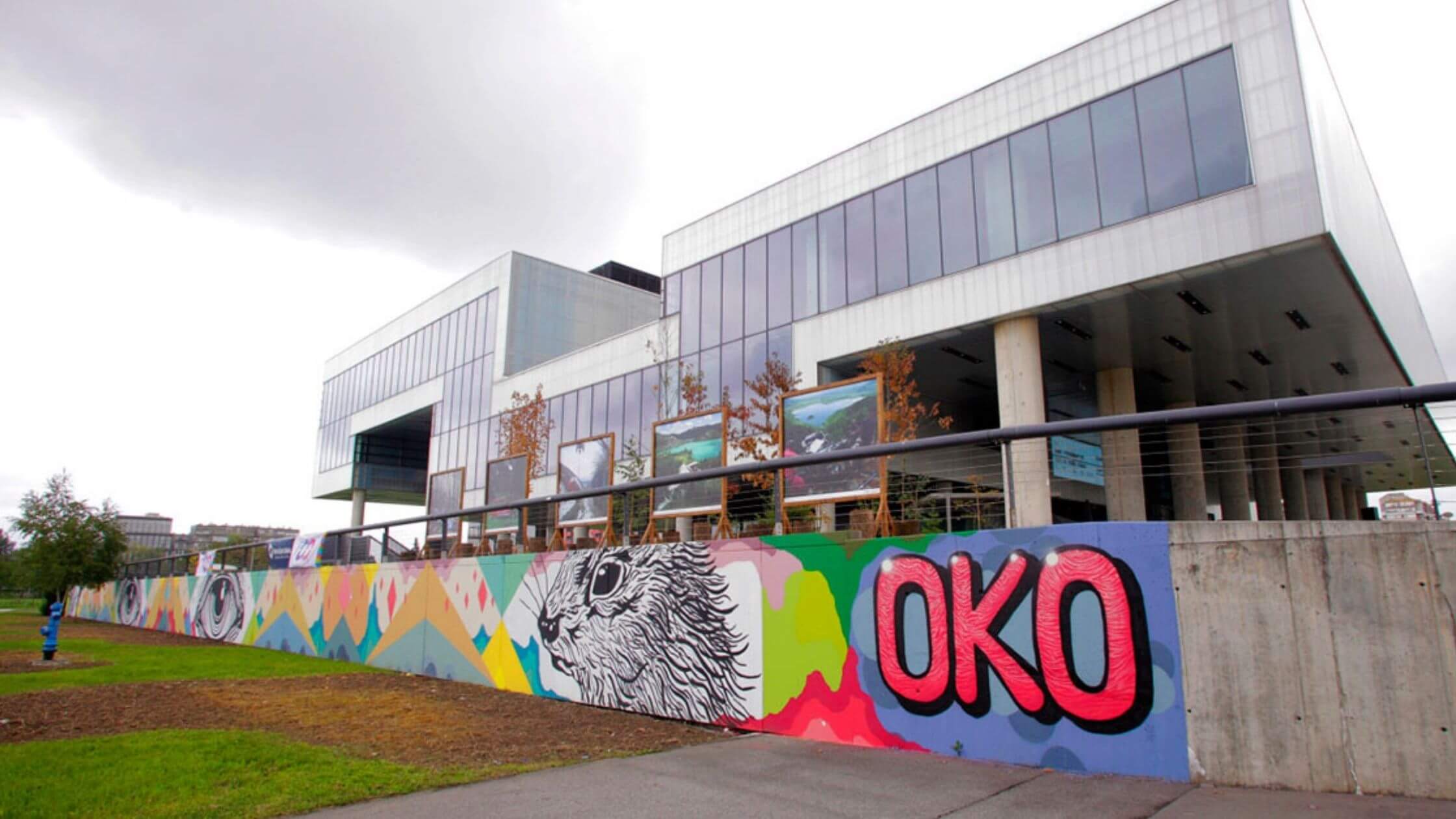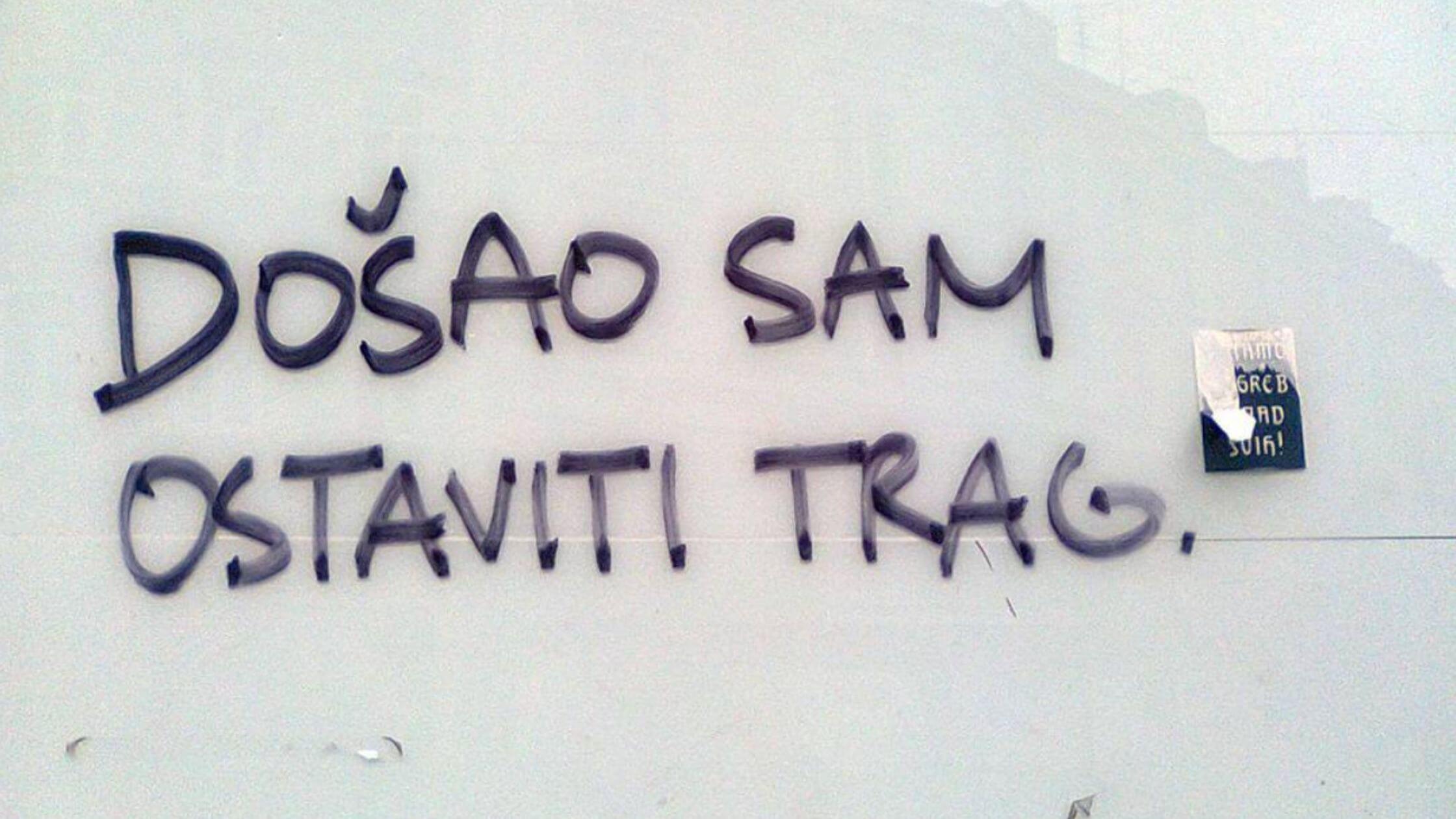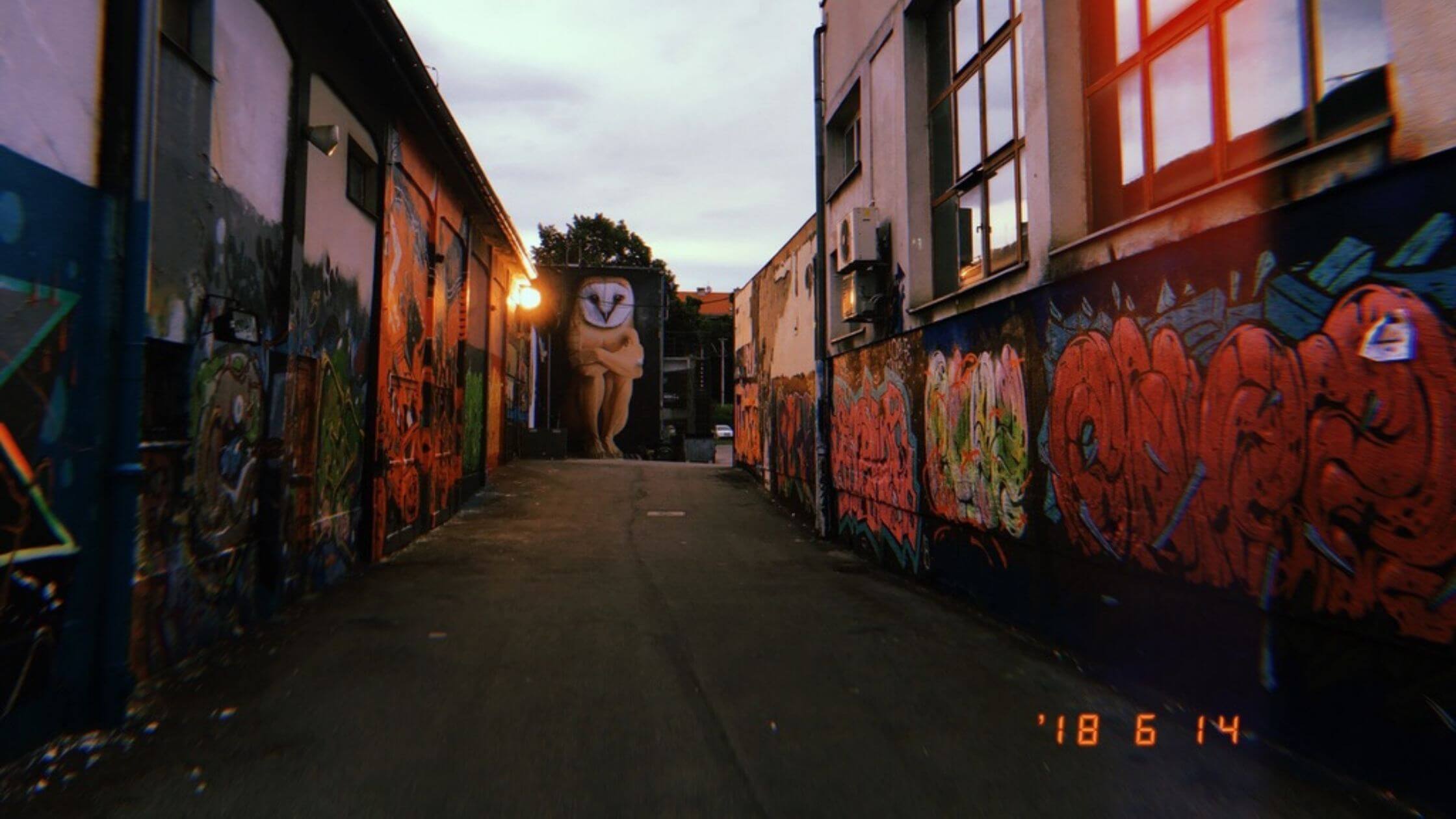Zagreb Summer Guide: Budget Edition
March 25, 2022 - Does it look like your summer will involve staying in Zagreb, whether it’s due to work or a tight budget? Well, we've got you covered with our Zagreb summer guide covering a range of fun yet affordable activities, including a number of free festivals in the town.
An option that is both cheap and relaxing is to visit one of the town’s major parks such as Jarun or Bundek. Both have spacious grassy areas in both sun and shade, perfect for outdoor picnics, in addition to long tracks for running, rollerblading, or biking, as well as a skate park. There’s also the pebbly beach and the nearby cafes at Jarun, which give an almost seaside feel. Just bring your snacks and drinks, your bike or skates, and some company, and you're all set. And at Bundek, you can catch the Pop Up Summer Garden from mid-August to September, featuring creative art and floral installations paired with live music performances, cocktails, and gourmet food. There’s also one in the Tuškanac forest, for those closer to there.
If you're based in the town centre and are after something more local, look no further than the upper town area. The Strossmayer promenade has its free, annual Ljeto na Strossu (Summer on Stross) festival, starting in early June. It features a diverse range of outdoor events, from concerts to al-fresco bars, to market stalls and some more unusual happenings - check out the best mongrel-dog show.
Just nearby, there’s Ljetno kino Gradec, the open summer cinema at the Gradec plateau, showing regular screenings of both new and classic movies, complete with a stunning setup of outdoor lights. Reservations must be made beforehand, and prices range from 20kn per seat to 80kn per table for 4 people, which is overall pretty affordable depending on how often and with how many people you plan to go.
Also at Gradec, there is the Baš Naš Gourmet & Music festival. Usually, in mid-June, this free festival brings a great summer rooftop bar atmosphere, with its outdoor concerts and DJ sets at a stage located at the highest point in Zagreb, adorned with colourful umbrellas and lamps, chill zones, and a garden oasis. You’ll spend your time admiring this colourful, summery view as you enjoy top-quality cocktails and the best local gourmet food Zagreb has to offer.
And while you’re in the upper town, check out the Art Park located just under Strossmayer, next to the bottom station of the Zagreb Funicular. All year round it is considered an outdoor street art gallery and a popular “hangout” spot, with a great atmosphere and a view overlooking the Zagreb town centre. During the summer, it is as their social page describes, a “city park turned into a magic chill spot for art lovers”. In 2019, ground-breaking art collective Pimp my Pump teamed up with street art studio Lapo Lapo and brought the Art Park project to the larger Ribnjak park (located east of the Zagreb cathedral), resulting in an open space for workshops, movie screenings, outdoor concerts, ping pong tournaments, drawing sessions, yoga classes and more. Entry is free and the park is open every day, throughout both the summer season and the whole year. Moreover, it is a child- and dog-friendly space, so bring over the whole family, as there is something for everyone to enjoy.
For more, check out our lifestyle section.
Graffiti in Zagreb: A Cultural Landmark
February 4, 2022 - The Croatian capital Zagreb is abundant in graffiti ranging from quickly scrawled tags to large, colourful murals. Here is a look into the cultural significance of graffiti in Zagreb, including notable street artists, street art destinations, and its impact on the city's culture.
Zagreb is home to a few notable graffiti artists, recognized both nationally and internationally for their work, including OKO, Lonac, Lunar, Chez 186, Bare & Modul, and more. These artists all work under pseudonyms and display a signature style amongst their artwork.

Bare & Modul: Fakin, painted for the Medvedgrad brewery. Photo: Bare & Modul
A fascinating characteristic shared by these artists is their chosen pseudonyms and how they symbolically represent themselves as artists as well as their work. For example, OKO (Croatian for “eye”) symbolically stands for one’s view of the world. The artist’s signature drawn eye, has visually represented the “inner eye” the artist believes we shall all use to look at the “depth behind everything and everybody”, rather than the “shallow image on the first glance,” ever since its debut appearances on Zagreb facades back in 2005.
In 2015, OKO’s 90 metre-long mural, Open My Eyes That I May See, was made as the adornment for the west-facing wall of Zagreb’s Museum of Contemporary Art. The artist has stated that: “Fluidity of street art is an excellent exercise in letting go. It cures you from having to own either material goods or spiritual achievements. It keeps you fresh because you have to keep creating”.

OKO: Open My Eyes That I May See, Museum of Contemporary Art. Photo: Kristijan Smok
Aside from the elaborate murals of the street artists, there is an abundance of textual graffiti, taking the form of mostly name-tags or sentences quickly scrawled onto walls. It would seem that amongst every public building in the city, there can be at least one of such phrases found on its walls, usually relating to themes of society, philosophy, politics, sport, relationships, money and work - to the mockery of writing on walls itself:

“I came to leave a trace” Indeed you have! Photo: ZAGREBAČKI GRAFITI/Instagram
All in all, they are communicated in a similar dry, sarcastic sense of humour, a display of Zagreb witticism. They have been acclaimed as a captivating and amusing way of expressing statements about society and other common themes, in such a way that it has become an element of youth culture.
Graffiti in Zagreb takes place mostly on privately or publicly owned property. However, many graffiti artists are given the chance to express their art in so-called “street art museums”. Namely, the Branimirova Graffiti Hall of Fame, established in 1999 on Branimirova Street and renovated in 2010 when 80 artists decorated the wall along Branimirova between the main railway station and the main bus station. Or the Zagreb Student Centre, with its endless blank walls for artists to showcase their work - it has received praise as a great open-space showroom of street art murals.

Inside the pathways of the Zagreb Student Centre. Photo: Vivi Albert
Yet, in midst of the praise, graffiti in Zagreb is still met with controversy over aspects such as its bold, striking appearance and the notion that it should not belong in public areas with historic significance, let alone privately owned buildings, as well as the belief that graffiti is an act of delinquency and a reason for youth to spread messages of disorder and provocation - which gives prominence to the boundary between art and vandalism that seems to exist within the art form. Graffiti in Zagreb has also faced controversy for its contribution to spreading messages of hate and antagonism, particularly fascism and xenophobia. But above all, graffiti has also been under fire of intolerant opinion of it not belonging on public display at all, regardless of whether it has been consented to, which boils down to merely an act of close-mindedness towards the art form as a whole. Regardless of where one stands concerning the polarising opinions surrounding the graffiti of any city, one can’t argue with the fact that it leaves an impact on its culture and is thus of significance to the city to some degree.
Graffiti in Zagreb has received praise not only for its artistic merit, but for being a major part of the city’s culture, from natives and tourists alike. Travel blogs such as Time Out are recommending Zagreb street art as a must-see in the city. There is even a street art tour, Meet Street Art(ist), the first and only street art tour in Zagreb, guided by street artists and other people involved in the street art scene in which one can learn about street art culture, meet street artists, visit galleries, and the unique Art Park, conjured by street artists as a space to display their murals and host workshops and events in a now popular “hang out” spot.

Wall in Zagreb Art Park. Photo: Fred Romero/Flickr
And for street artists, graffiti acts as personal guidance. To Chez 186, graffiti provides “financial safety and personal satisfaction, peace, and happiness above all”. To Šumski, each of his works is “one step towards something that doesn’t end. Each of these steps makes me who I am”. To Lonac, it’s a personal grounding: “For me, street art is a creation on the street. The work which you do belongs to you, everyone, and to no one. You can not sell it. It is a piece of the facade and that’s it”. To OKO, her art is a way of freedom and self-expression and, as she humorously puts it, “no meeting with curators or media, or anyone you need to explain your brain [to], except maybe cops if they catch you”.
To read more about Croatian arts and culture, check out TCN’s dedicated lifestyle page.


